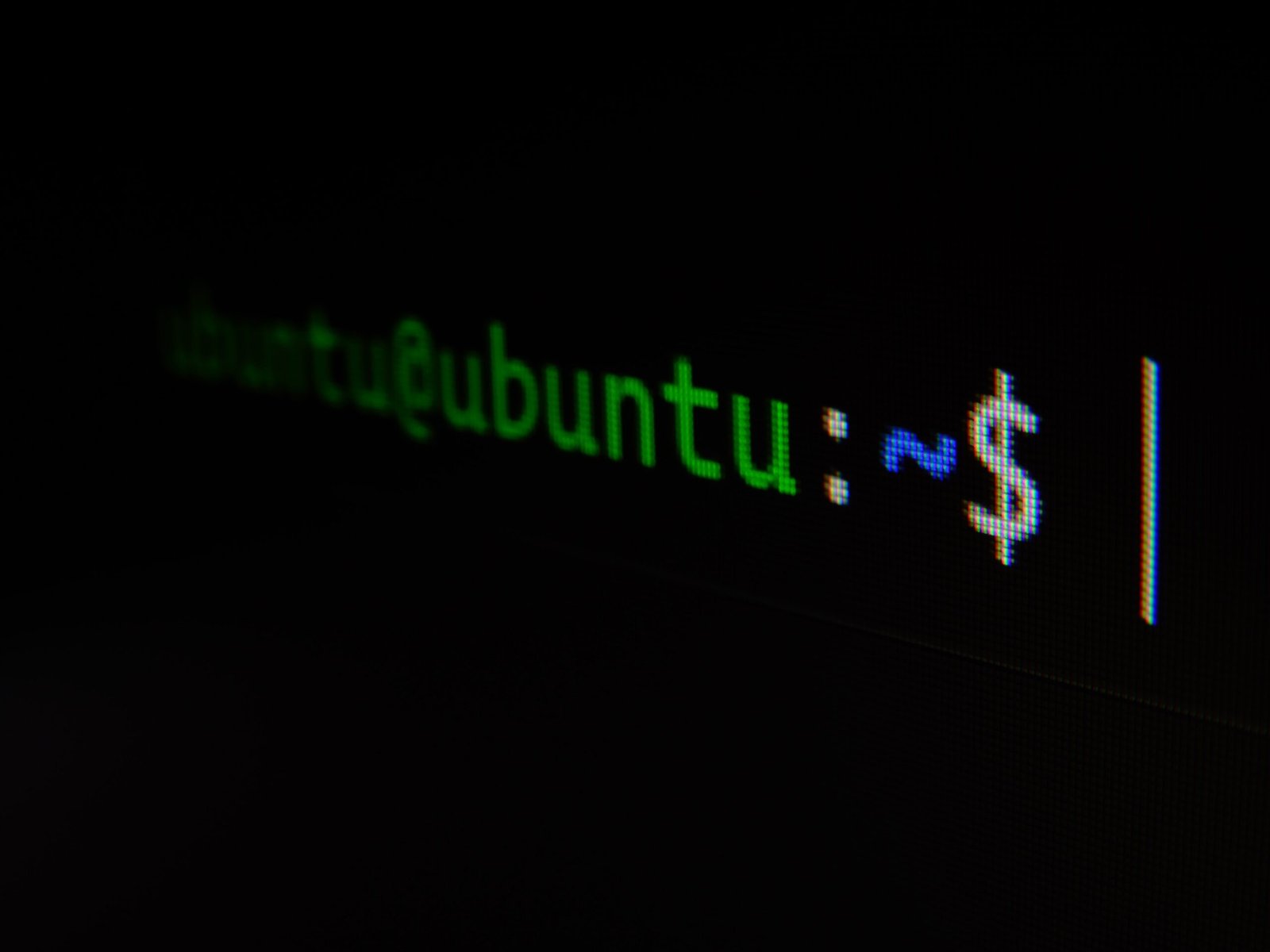When it comes to working with Linux, there are countless commands that can help you navigate and manipulate your system efficiently. One such command is xxd. In this article, we will explore what the xxd command is, how to use it, and provide some examples of its practical applications.
What is the Xxd Command?
The xxd command is a powerful utility in Linux that allows you to create a hexadecimal dump of a given file or standard input. It can also convert a hexadecimal dump back into its original binary form. This command is particularly useful for examining and editing binary files, such as executables, libraries, or disk images.
Using the Xxd Command
To use the xxd command, open your terminal and follow the syntax below:
xxd [options] [file]Let’s break down the different components of this command:
- [options]: This refers to the various options you can use with the xxd command. Some commonly used options include -b (binary), -c (columns), -e (little-endian), -g (grouping), and -u (uppercase).
- [file]: This is the name of the file you want to convert or examine. If you omit this parameter, xxd will read from standard input.
Example 1: Creating a Hexadecimal Dump
Let’s say you have a file called example.txt that you want to convert into a hexadecimal dump. You can use the following command:
xxd example.txtThis will display the hexadecimal representation of the file, along with the corresponding ASCII characters on the right-hand side. You can use the arrow keys to scroll through the output.
Example 2: Converting a Hexadecimal Dump back into Binary
If you have a hexadecimal dump and you want to convert it back into its original binary form, you can use the -r option. Let’s assume you have a file called hexdump.txt that contains the hexadecimal dump. You can use the following command:
xxd -r hexdump.txt > binaryfile.binThis command will convert the hexadecimal dump in hexdump.txt and save the resulting binary file as binaryfile.bin. You can then use this binary file for further analysis or manipulation.
Example 3: Customizing the Output
The xxd command provides several options to customize the output. For instance, you can use the -c option to specify the number of columns you want to display. Let’s say you want to display 8 columns instead of the default 16. You can use the following command:
xxd -c 8 example.txtThis will display the hexadecimal dump with 8 columns instead of 16, making it easier to read and analyze.
Conclusion
The xxd command is a versatile tool in Linux that allows you to work with hexadecimal dumps of files. Whether you need to examine binary files, convert dumps back into their original form, or customize the output, the xxd command has you covered. By familiarizing yourself with this command and its options, you can enhance your efficiency and effectiveness when working with binary data.

Leave a Reply